Eastern Whip-Poor-Will
- December 15, 2023
- 0 comment
The Eastern Whip-poor-will (Antrostomus vociferus) is a captivating nocturnal bird renowned for its haunting, repetitive song that echoes through the woodlands of eastern North America. This elusive creature, more often heard than seen, blends seamlessly into its surroundings with its mottled brown and gray plumage, making it a challenging bird to spot.
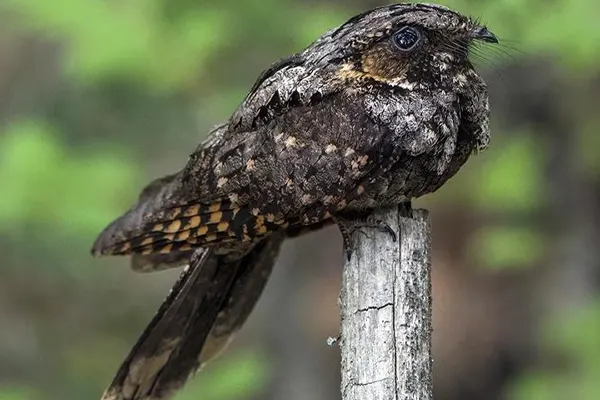
Eastern Whip-Poor-Will
- Lifespan: 4 to 5 years
- Habitat: Deciduous and mixed woodlands, open forests, and scrubby areas.
- Diet: Flying Insects, such as moths, beetles, and other nocturnal insects.
- Size: 20 to 25 cm
- Weight: 34 to 51 g
- Wingspan: 46 to 53 cm
- Conservation Status: Least Concern
- Population Trend: Populations may be stable, while in others, they may face threats due to habitat loss, pesticides affecting their insect prey, or other factors.
The Eastern Whip-poor-will is an enigmatic creature, shrouded in mystery and intrigue. Its nocturnal habits, elusive nature, and captivating song have earned it a place of fascination among birders and nature enthusiasts alike. As we strive to conserve its habitat and protect its delicate existence, we ensure that the haunting melody of the Eastern Whip-poor-will continues to resonate through the woodlands of eastern North America.
Species Type
It’s important to note that the feather coloration of these birds is adapted to their specific environment and is part of their survival strategy. These characteristics help them remain hidden during the day when they are roosting on the forest floor or low branches and become active during the night when their cryptic coloration provides them an advantage in hunting insects.


The Eastern Whip-poor-will has long held a place in Native American folklore, often associated with spirits, omens, and the afterlife. Its haunting song was believed to be a warning of impending doom or a sign that a soul was departing from the earthly realm.
Feather Coloration
The Eastern Whip-poor-will (Antrostomus vociferus) exhibits a fascinating array of feather coloration that serves both as camouflage and as a means of communication. Their plumage is a complex blend of browns, grays, and buffs, with intricate patterns that mimic the forest floor, making them remarkably well-camouflaged during the day when they are most vulnerable to predators.
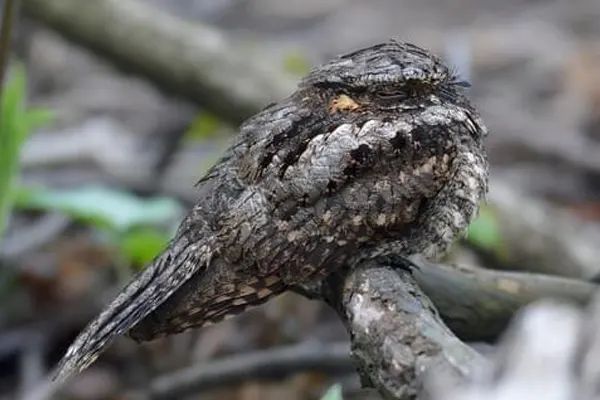
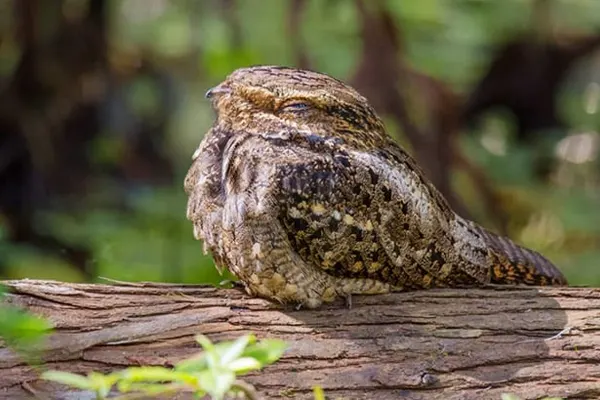
Male Eastern Whip-poor-wills possess a distinctive black throat patch bordered by a white bib. This contrasting coloration is thought to play a role in mate attraction and territorial defense. The upperparts of the male are a mottled mix of grayish brown and brownish gray, with a central stripe of blackish brown feathers running down the back. The wings are heavily spotted with tawny and blackish spots, and the tail feathers feature prominent white patches on the outer three feathers.
Female Eastern Whip-poor-wills lack the black throat patch and white bib of the males. Their overall coloration is slightly duller, with the upperparts being a more uniform mix of browns and grays. The wings are also spotted with tawny and blackish spots, but the tail feathers have narrower buffy tips instead of the white patches seen in males.
Flight Characteristics
Eastern Whip-poor-wills possess several adaptations that enhance their flight abilities. Their long, pointed wings provide ample lift, allowing them to remain airborne with minimal effort. Their rictal bristles, located around the mouth, act as sensory organs, helping them detect insects in low-light conditions. Additionally, their wide gape enables them to capture insects with ease.
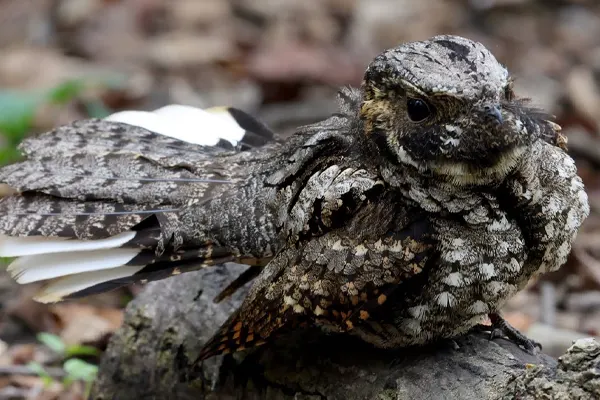
Eastern Whip-poor-wills typically engage in two distinct flight patterns: foraging flights and territorial flights. Foraging flights involve short, low-level sorties from perches, where they swoop and glide to catch insects. Territorial flights, on the other hand, involve higher-altitude, more sustained flights, often accompanied by their characteristic “whip-poor-will” call.
The Eastern Whip-poor-will’s flight is characterized by its silence, making them stealthy predators in the nocturnal environment. Their soft, downy feathers reduce the sound of their wingbeats, allowing them to approach unsuspecting insects undetected.
Migration Patterns
Medium-distance migrant. Eastern Whip-poor-wills migrate to Mexico and Central America for the winter, apparently traveling mostly over land to get there. In spring they arrive in breeding grounds between late March and mid-May. Since they are less vocal in autumn we know less about their southward migration routes and timing, but they seem to leave between early September and late November. They may form loose flocks when they migrate.

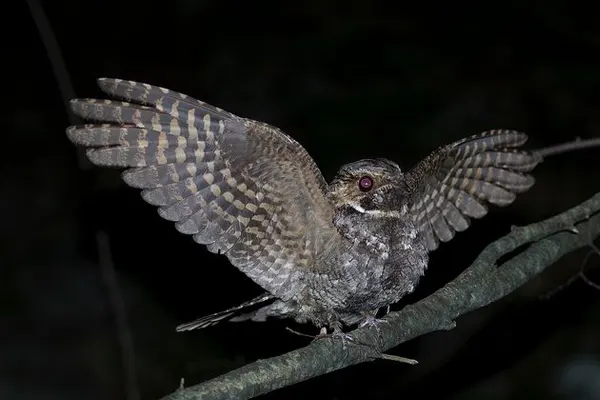

The Eastern Whip-poor-will breeds in deciduous and mixed forests from southern Canada to the Gulf Coast and from Texas to the Atlantic coast. They prefer open woodlands with a mix of pines and hardwoods, as well as edges of forests and clearings. In winter, Eastern Whip-poor-wills migrate to Central America and northern South America, where they spend the winter months in open woodlands, scrublands, and grasslands. migrate primarily at night, and their migration routes are not well-known. However, they are thought to travel mostly over land, following river valleys and mountain ranges.
Habitat & Distribution
The Eastern Whip-poor-will (Antrostomus vociferous) is a medium-sized nocturnal bird that inhabits open woodlands, second-growth forests, and edges of woodlands. It prefers deciduous or mixed forests with a mix of trees, shrubs, and open areas. It is also found in open fields, meadows, and pastures.
- Open areas for foraging: Eastern Whip-poor-wills are insectivores, and they need open areas where they can fly and catch insects.
- Trees and shrubs for perching and nesting: Eastern Whip-poor-wills perch on trees and shrubs during the day, and they build their nests on the ground under trees or shrubs.
- Leaf litter for camouflage: Eastern Whip-poor-wills have mottled brown and gray plumage that helps them to blend in with the leaf litter on the forest floor.

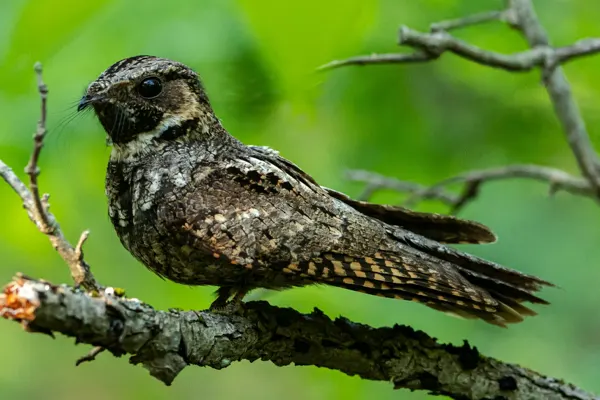
The Eastern Whip-poor-will breeds in eastern North America from southern Canada to the Gulf Coast and from Texas to the Atlantic coast. It winters in Central America and northern South America. In the United States, the Eastern Whip-poor-will is most common in the eastern half of the country, from the Mississippi River to the Atlantic coast. It is also found in parts of the Midwest and Great Plains.
Behavioral Traits
The Eastern Whip-poor-will (Antrostomus vociferus) is a fascinating nocturnal bird known for its haunting, repetitive song and its elusive nature. They are found in open woodlands and edges of forests throughout eastern North America, and they are most active at night, when they emerge to forage for insects.
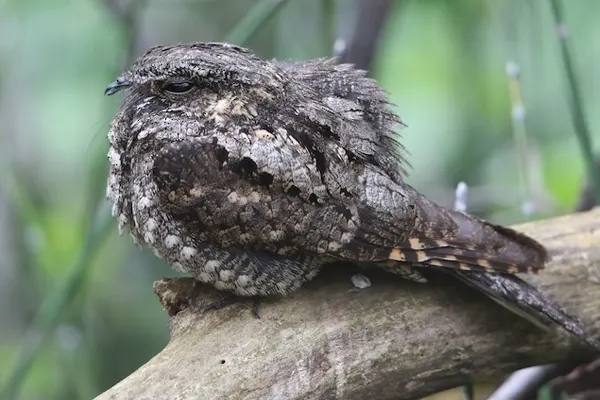
- Nocturnal: Eastern Whip-poor-wills are strictly nocturnal, meaning they are only active at night. They spend the day perched on trees or shrubs, camouflaged by their mottled brown and gray plumage.
- Insectivores: Eastern Whip-poor-wills are insectivores, meaning they eat insects. They have wide gapes and long, whisker-like rictal bristles that help them to capture insects in mid-air.
- Foraging: Eastern Whip-poor-wills forage for insects by flying out from perches and catching them in mid-air. They may also hover or flutter near the ground to catch insects.
- Vocalizations: Eastern Whip-poor-wills are most famous for their haunting, repetitive song, which is often described as “whip-poor-will.” This song is used to attract mates and defend territories.
- Nesting: Eastern Whip-poor-wills do not build nests. Instead, they lay their eggs directly on the leaf litter on the forest floor. The female incubates the eggs, and the male defends the territory.
- Migration: Eastern Whip-poor-wills are migratory birds, meaning they travel long distances to breed and winter. They breed in eastern North America and winter in Central America and northern South America.
Role in Ecosystem
The Eastern Whip-poor-will (Antrostomus vociferus) is an insectivorous bird that plays a vital role in the woodland ecosystem, contributing to predator-prey dynamics and nutrient cycling. Their nocturnal activity patterns make them particularly valuable in controlling insect populations, which can damage crops and spread diseases.
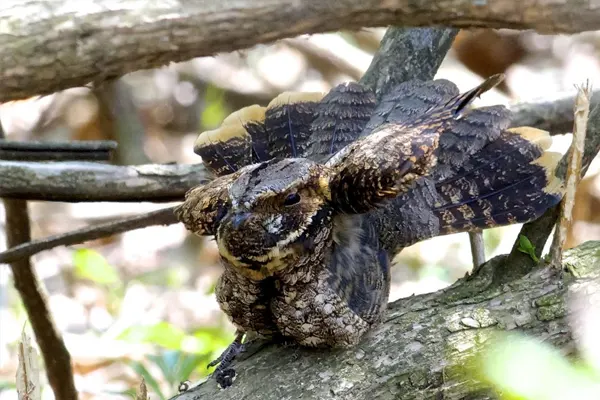
- Insect Control As insectivores, Eastern Whip-poor-wills consume a wide variety of insects, including moths, beetles, flies, and caterpillars. Their large gape and long, whisker-like rictal bristles allow them to capture insects in mid-air, making them effective predators. By consuming large numbers of insects, Eastern Whip-poor-wills help to regulate insect populations and reduce the risk of insect-borne diseases.
- Nutrient Cycling When Eastern Whip-poor-wills consume insects, they transfer nutrients from insects to the forest floor through their feces. This nutrient transfer helps to fertilize the soil and support plant growth. Additionally, their nesting behavior, which involves laying eggs directly on the forest floor, contributes to the decomposition of organic matter and the release of nutrients into the soil.
- Predator-Prey Dynamics Eastern Whip-poor-wills are an important prey source for a variety of predators, including owls, hawks, and snakes. Their presence in the ecosystem helps to maintain healthy predator-prey relationships and contributes to the overall balance of the woodland ecosystem.
Dietary Habits
Eastern Whip-poor-wills have several adaptations that make them well-suited to catching insects in mid-air. They have a wide gape that allows them to swallow large insects, and long, whisker-like rictal bristles that help them to detect insects in low-light conditions. They also have soft, downy feathers that reduce the sound of their wingbeats, allowing them to approach unsuspecting insects undetected.
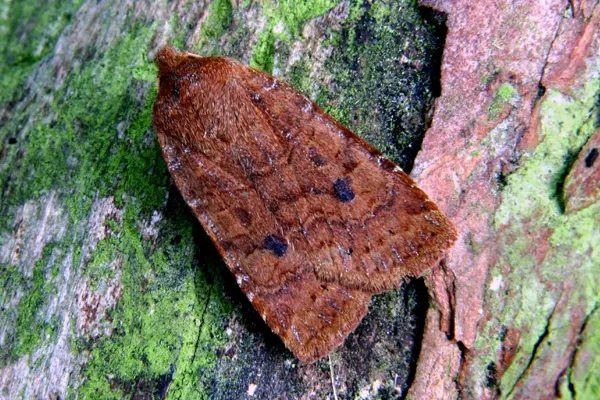
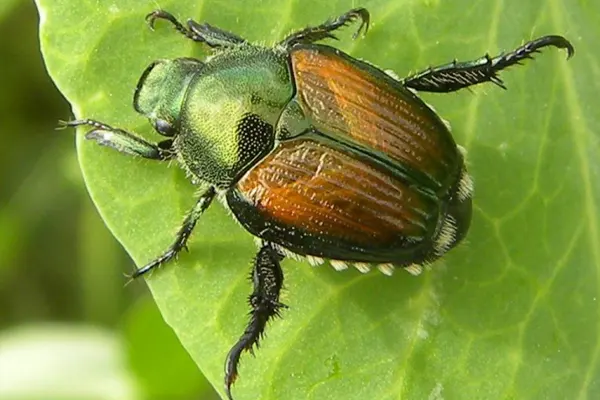
- Moths: Moths are a major food source for Eastern Whip-poor-wills. They are attracted to the light emitted by fireflies, and Eastern Whip-poor-wills often take advantage of this by perching near firefly swarms and catching them in mid-air.
- Beetles: Eastern Whip-poor-wills also eat a variety of beetles, including scarab beetles, click beetles, and long-horned beetles. They are attracted to the sound of beetles clicking or buzzing, and they often use their rictal bristles to locate them in the darkness.
- Flies: Eastern Whip-poor-wills eat a variety of flies, including houseflies, mosquitoes, and gnats. They are attracted to the movement of flies, and they often catch them while they are in flight.
- Caterpillars: Eastern Whip-poor-wills occasionally eat caterpillars, especially when they are abundant. They are attracted to the movement of caterpillars, and they often catch them while they are crawling on leaves or trees.
Interesting Facts
The Eastern Whip-poor-will is one of the few birds in North America that is named after its song. The male’s distinctive song is a loud, clear “whip-poor-will,” which is repeated at regular intervals throughout the night. The song is used to attract mates and defend territories. Instead, they lay their eggs directly on the leaf litter on the forest floor. The female incubates the eggs, and the male defends the territory.
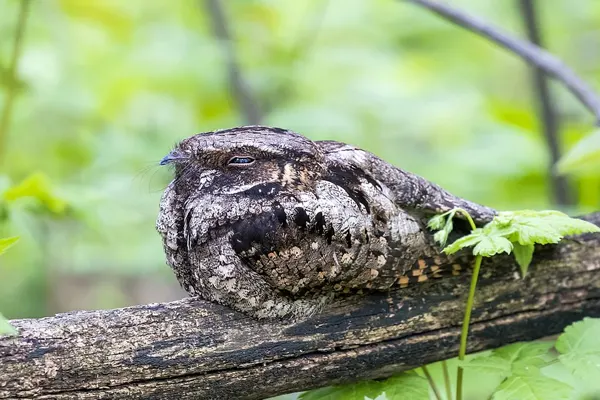
Eastern Whip-poor-wills are highly maneuverable in flight, capable of rapid changes in direction and speed. This maneuverability allows them to pursue and capture insects with precision, even in dense vegetation or close to the ground. They help to control insect populations, contribute to nutrient cycling, and provide food for a variety of predators. Declining due to habitat loss, pesticide use, and light pollution. We can help to protect the Eastern Whip-poor-will by protecting forests and other open woodlands, reducing pesticide use, and reducing light pollution.
Nesting Habits
The Eastern Whip-poor-will (Antrostomus vociferus) is a nocturnal insectivore that exhibits unique nesting habits compared to most other birds. Unlike most bird species that construct elaborate nests, Eastern Whip-poor-wills simply lay their eggs directly on the leaf litter of the forest floor.
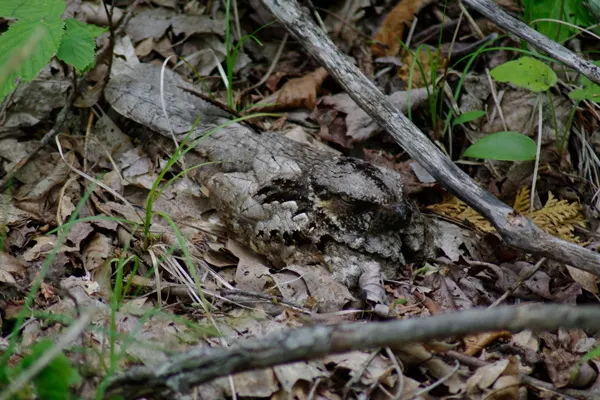
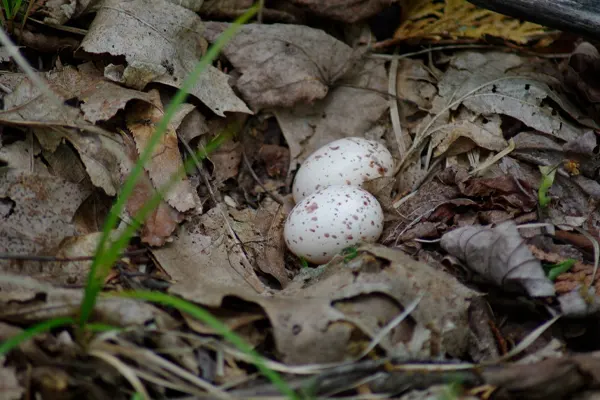
- Nesting Timing: Eastern Whip-poor-wills typically breed from late spring to early summer. The exact timing varies depending on the location, but they generally lay their eggs between May and July.
- Nest Site Selection: Female Eastern Whip-poor-wills carefully select the nesting site, preferring a secluded spot on the forest floor under a tree or shrub. They often choose sites with a dense layer of leaf litter, which provides camouflage for the eggs and chicks.
- Nest Construction: Eastern Whip-poor-wills do not build a true nest. Instead, they simply lay their eggs directly on the leaf litter. The female may create a slight hollow in the leaf litter by sitting on it, but there is no actual nest structure.
- Egg Characteristics: Eastern Whip-poor-wills typically lay two white eggs, heavily marked with brown and gray splotches. The eggs are relatively large compared to the size of the female, measuring about 1 inch in diameter.
- Incubation and Hatching: The female Eastern Whip-poor-will is solely responsible for incubating the eggs. She sits on the eggs for about 18-21 days, keeping them warm and safe. The male defends the territory and continues to forage for insects during this time.
Melodious Song & Vocalizations
The Eastern Whip-poor-will (Antrostomus vociferus) is a nocturnal bird known for its distinctive and repetitive vocalizations. They are most active at night, when they emerge to forage for insects, and their calls are an important part of their communication and territorial behavior.

- Whip-poor-will Song: The most well-known vocalization of the Eastern Whip-poor-will is its loud, clear “whip-poor-will” song. This song is primarily used by males to attract mates and defend territories.
- Quirt Call: Both males and females make a short, sharp “quirt” call. This call is used for a variety of purposes, including contact between mates, expressing agitation when a predator is near the nest, and warning off potential intruders.
- Growl Call: Males and females also make a low, guttural growl. This growl is used to ward off territorial intruders and defend the nesting site.
- Hiss Call: Both males and females make a low, hissing sound. This hiss is used to ward off predators and defend the nesting site.
Ecological Significance
The Eastern Whip-poor-will’s ecological significance extends beyond its direct contributions to insect control, nutrient cycling, and predator-prey dynamics. Their presence in woodlands enhances the overall biodiversity and resilience of the ecosystem. Their unique nesting habits and nocturnal lifestyle add to the diversity of life in the forest, while their insectivorous diet helps to maintain the balance of insect populations.
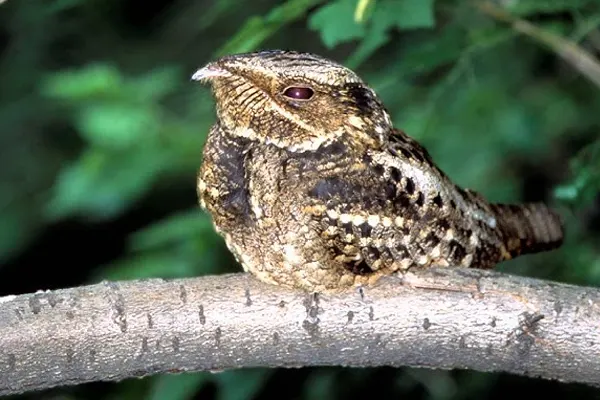
- Insect Control: As dedicated insectivores, Eastern Whip-poor-wills consume a diverse range of flying insects, including moths, beetles, flies, and caterpillars. Their ability to capture insects mid-air makes them effective predators, helping to regulate insect populations and reduce the potential for damage to crops and the spread of insect-borne diseases.
- Nutrient Cycling: Eastern Whip-poor-wills contribute to nutrient cycling by transferring nutrients from insects to the forest floor through their feces. This transfer process enriches the soil, providing essential nutrients for plant growth and supporting overall ecosystem productivity.
- Predator-Prey Dynamics: Eastern Whip-poor-wills serve as an important prey source for a variety of predators, including owls, hawks, and snakes. Their presence in the ecosystem helps to maintain healthy predator-prey relationships and contributes to the overall balance of the woodland ecosystem.
Conservation Status
The Eastern Whip-poor-will is an important part of the woodland ecosystem, and its conservation is essential for maintaining healthy and balanced ecosystems. By addressing the threats to Eastern Whip-poor-will populations and supporting conservation efforts, we can help to ensure the continued survival of this unique and valuable bird species. Due to habitat loss, pesticide use, and light pollution, Eastern Whip-poor-will populations are declining. Conservation efforts are crucial to protect these fascinating birds and the habitats they depend on.

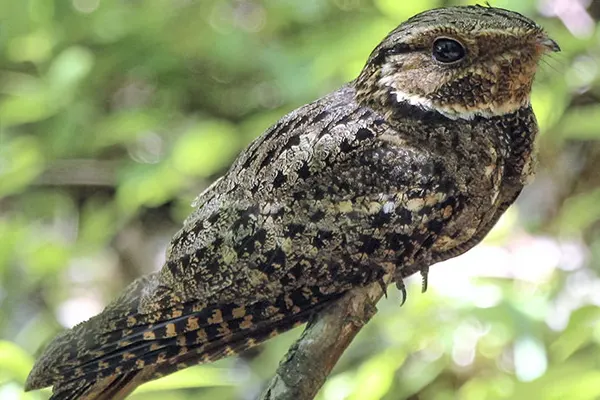
- Protecting forests and other open woodlands: Preserving and restoring woodlands provides essential habitat for Eastern Whip-poor-wills.
- Reducing pesticide use: Limiting the use of pesticides helps to protect insect populations, which are the primary food source for Eastern Whip-poor-wills.
- Minimizing light pollution: Reducing light pollution helps to preserve the natural night sky, allowing Eastern Whip-poor-wills to forage effectively and maintain their nocturnal lifestyle.
Research and Ongoing Studies
Researchers are employing various methods, including point counts, nocturnal surveys, and nest monitoring, to track Eastern Whip-poor-will populations across their range. This data is essential for understanding population trends and identifying areas of concern. Studies are investigating the specific habitat requirements of Eastern Whip-poor-wills, analyzing factors such as forest composition, vegetation structure, and edge effects. This information is crucial for identifying and managing suitable habitats for their conservation.

Researchers are investigating the effects of pesticides and insecticides on Eastern Whip-poor-will populations and food sources. This data is crucial for evaluating the potential impacts of pesticide use and developing more sustainable agricultural practices. Studies are examining the effects of light pollution on Eastern Whip-poor-will behavior, including foraging patterns, territoriality, and predator avoidance. This information is essential for understanding the impacts of light pollution and developing strategies to reduce its negative effects.
Educational and Ecotourism Opportunities
Eastern Whip-poor-will into school curricula can spark curiosity and encourage students to learn about the natural world. Field trips to suitable habitats can provide hands-on experiences, allowing students to observe and appreciate these birds in their natural environment. Engaging the public through workshops, presentations, and community events can increase awareness about the Eastern Whip-poor-will, its role in the ecosystem, and the threats it faces. These outreach programs can foster a sense of stewardship and encourage participation in conservation efforts.

- Guided Night Hikes and Nature Walks: Organizing guided night hikes and nature walks in areas with Eastern Whip-poor-will populations can provide unique ecotourism experiences. These tours can educate participants about the nocturnal world, highlighting the Eastern Whip-poor-will’s adaptations and ecological role.
- Wildlife Photography Workshops: Conducting wildlife photography workshops focused on Eastern Whip-poor-wills can attract photographers and enthusiasts, promoting responsible wildlife viewing practices and generating revenue that can support conservation efforts.
- Ecotourism Packages and Birding Tours: Incorporating Eastern Whip-poor-will observations into ecotourism packages and birding tours can showcase this species’ uniqueness and attract eco-conscious travelers, promoting sustainable tourism and generating income for local communities.
- Nature Centers and Interpretive Exhibits: Establishing exhibits and interactive displays at nature centers and visitor centers can provide visitors with engaging information about the Eastern Whip-poor-will, its habitat, and conservation needs.
- Bird Festivals and Nature Events: Organizing bird festivals and nature events that highlight the Eastern Whip-poor-will can attract birding enthusiasts and nature lovers, promoting awareness, appreciation, and responsible ecotourism practices.
Conclusion
The Eastern Whip-poor-will (Antrostomus vociferus) is a fascinating and enigmatic nocturnal bird that plays an important role in the woodland ecosystem. Their distinctive song, unique nesting habits, and insectivorous diet make them a valuable component of the natural world. However, populations are declining due to habitat loss, pesticide use, and light pollution.
Taking the time to learn about the Eastern Whip-poor-will, their unique habits, and their ecological importance can foster a deeper appreciation for these nocturnal birds and their role in the natural world. Engaging in citizen science projects, participating in ecotourism activities, and supporting conservation efforts can all contribute to the protection of this fascinating species.
The Eastern Whip-poor-will is a reminder of the interconnectedness of life and the importance of preserving the delicate balance of our ecosystems. By recognizing their value and taking action to protect them, we can ensure that these captivating nocturnal birds continue to grace our woodlands with their distinctive song and presence for generations to come.


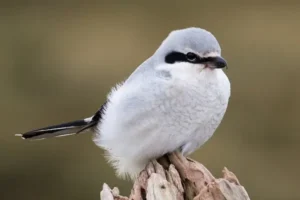

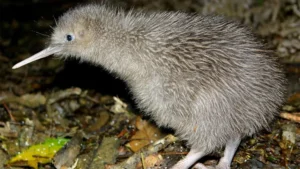

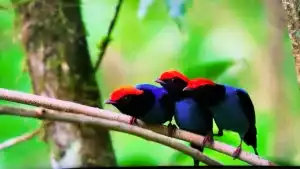
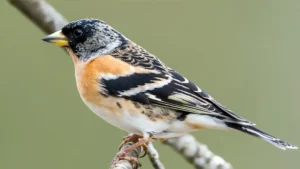
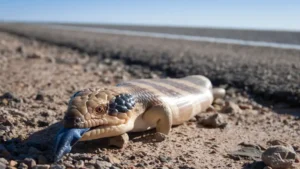




Leave your comment